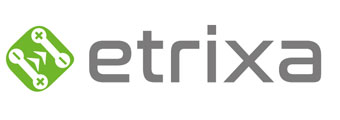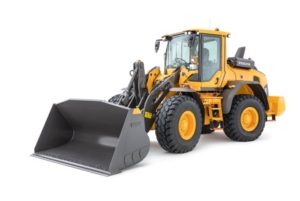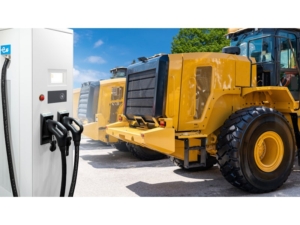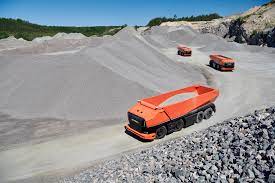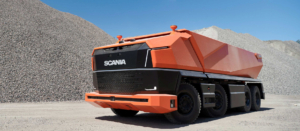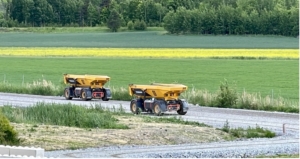Construction and mining equipment with WPT
——Bringing the Future of Efficiency and Sustainability to Heavy Machinery.
Transforming the Future of Construction and Mining
The construction and mining industries are evolving rapidly. As electric machinery continues to replace traditional diesel-powered vehicles, the need for sustainable, efficient, and reliable power solutions becomes critical. WPT technology represents a groundbreaking advancement, enabling seamless power transfer to heavy machinery without the limitations of traditional wired systems.
With increasing demands for productivity and environmental responsibility, this innovation is poised to significantly reduce downtime, lower maintenance costs, and optimize workflows in remote and challenging environments.
Challenges with Traditional Wired Charging in Heavy Machinery
- Limited Mobility: Wired charging requires machines to remain stationary, reducing operational flexibility and causing delays in moving equipment.
- Maintenance Costs: Cables, connectors, and other infrastructure components experience wear and tear, requiring frequent maintenance and replacement.
- Safety Hazards: Exposed cables and connectors can create safety risks in rugged environments, particularly in construction and mining sites.
- Environmental Impact: Conventional charging stations need specific infrastructure, contributing to more energy consumption and requiring additional resources for installation and upkeep.
Why Choose Wireless Charging ?
- Enhanced Mobility: Wireless charging allows machines to remain operational without the need to stop and connect to a wired charger, enhancing site efficiency.
- Unattended Application:In harsh environments, no human involvement in the charging process will greatly promote the use of unmanned equipment.
- Reduced Costs: The convenience of wireless charging helps significantly reduce the onboard battery and reduce the cost of the equipment.
- Reduced Maintenance: No physical cables or connectors to replace or repair, lowering ongoing operational costs.
- Increased Safety: Wireless charging minimizes the risk of tripping, electrocution, and damage to cables, ensuring a safer working environment.
- Environmentally Friendly: By eliminating the need for extensive wiring infrastructure, wireless charging reduces energy consumption and is more sustainable.
- Seamless Integration: Easily integrates into existing operations with minimal disruption, providing a more flexible and scalable charging solution.
Our Cutting-Edge WPT Solutions
Our wireless charging systems are designed specifically for the unique needs of electric construction and mining machinery. We offer a robust, reliable, and scalable solution that ensures your equipment stays charged, safe, and productive without the limitations of traditional charging methods.
- High Efficiency: Advanced power transfer technologies for fast, reliable charging.
- Durable Design: Engineered to withstand harsh environments and heavy-duty operations.
- Modular Setup: Easily customized to fit different machinery and job site requirements.
- Smart Charging: Optimized charging schedules to prevent overcharging and maximize battery lifespan.
Recently, the major producers of construction equipment including Caterpillar, Komatsu, and Volvo CE have all started to electrify some of their machines with either hybrid or full electric drivetrains. Autonomous operation is also heavily invested because of the advances of lidar technology and control software.
However, the bottle neck of further electrification is charging process which should be fast, efficient, automatic, and tolerant to the tough working sites. Wireless charging will be an ideal solution to satisfy the requirements because it is static and no conducting surface exposed. To charge fast needs high power between 300 kW to 1 MW for the heavy machines. Charging an autonomous hauler is a frequent action and repeats 60-100 times per day or hundreds of thousands of times in the lifetime of the vehicle.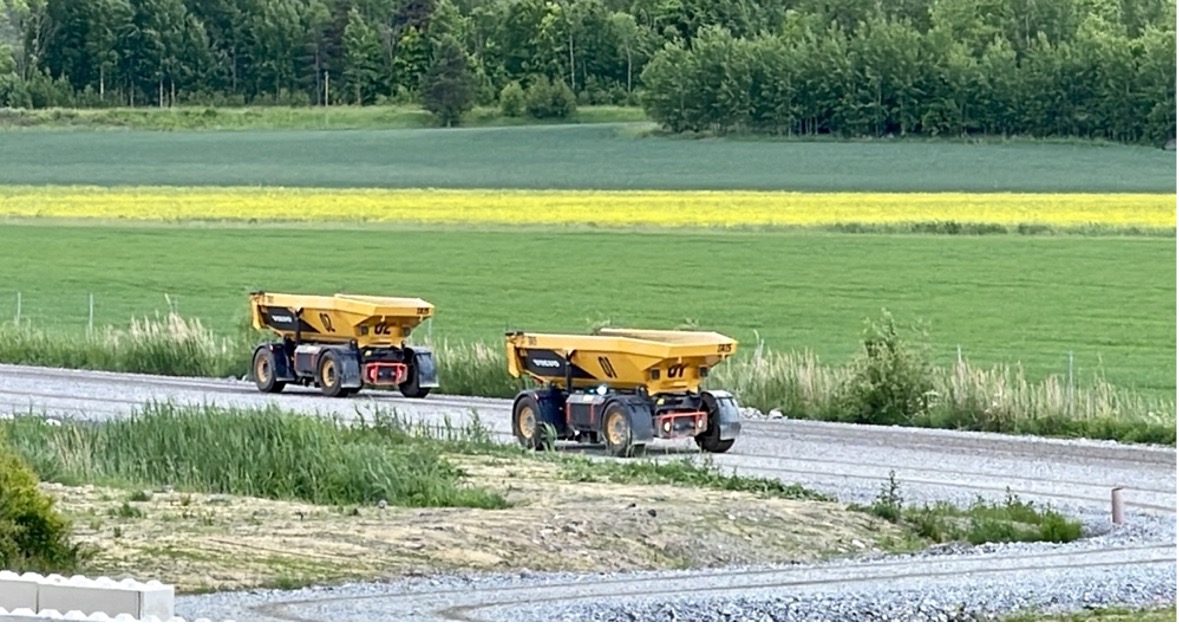
The wireless charging, based on Inductive Power Transfer (IPT) technology, enables the charging through large air gap between the charging pads and mobile machines. It is possible to realize power transfer without any human involvement and any mechanical movement. The technology is especially suitable for autonomous machines due to the static nature of IPT. An autonomous hauler will operate day and night. The charging time should be as short as possible. The charging power will be at least 300 kW in order to charge 30-80% of the onboard batteries (about 120 kWh for a hauler with payload of 55 tons) in 10 minutes. If a short charging time (such as 2 minutes) for each duty loop of the operation, the required onboard batteries can be reduced to 20 kWh.
The wireless charging solution can be applied to other construction equipment like electric wheel loaders and electric excavators.
